Investigating Abundance & Distribution
This lesson covers:
- What abundance and distribution mean
- What sampling is
- How quadrats can be used to estimate abundance
- How transects can be used to study changes in distribution across areas
Abundance and distribution One of the key jobs of an ecologist is studying the abundance and distribution of organisms. |
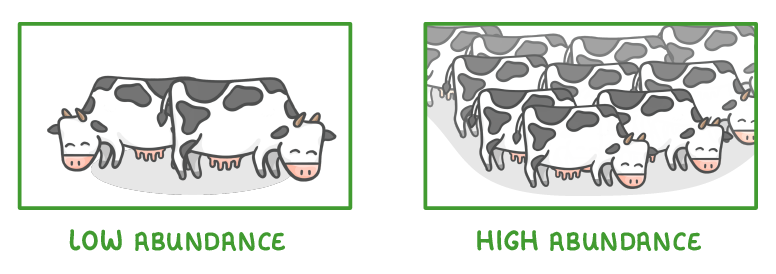 Abundance refers to how many organisms there are. |
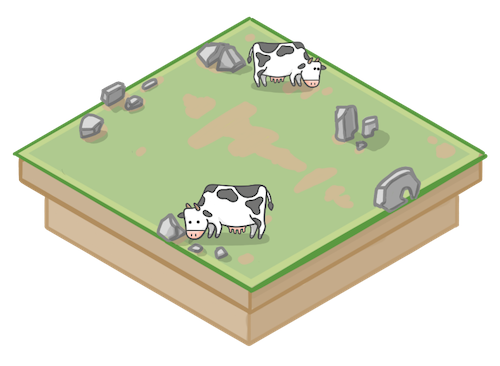 Distribution refers to where the organisms are. |
Sampling |
Ideally, it would be great to know exactly how many organisms there are, and where each of them is, so that we could determine the abundance and distribution exactly. However, in real life, this would be extremely time consuming or even impossible. |
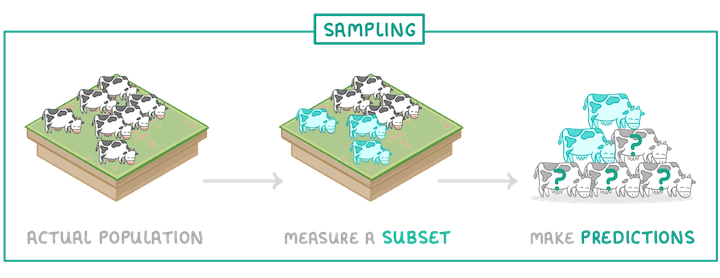 Instead, ecologists use a method called 'sampling', where they only measure a subset of the organisms, and use that subset to make predictions about the whole population. |
There are two main sampling methods you need to know about
|
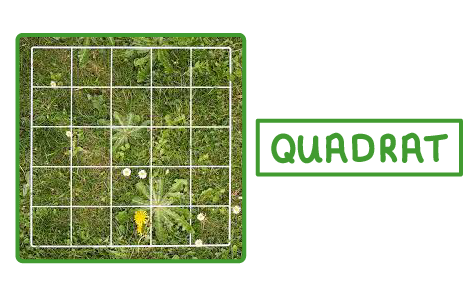
Quadrats are square frames, that have been subdivided into lots of smaller squares. We can use them to sample a habitat and estimate the size of a population.
Worked example - using quadrats to estimate dandelion numbers
Describe how you might use a 1m x 1m quadrat to estimate the number of dandelions in a 100m x 100m field.
Method overview
1Place multiple tape measures along the length and width of the field, forming a large grid.
2Use a random number generator to generate 10 pairs of random coordinates.
3Place quadrats at those coordinates and count how many dandelions are found in each quadrat.
4Calculate the mean number of dandelions per m2.
5Estimate the total population size using our mean number of dandelions per m2 and the total area of the field.
Method steps
Transects are used to study distribution Transects are used to observe and record changes in species distribution across an area. (transects are not used to estimate the abundance - this is a common misconception) |
Example - using transects to study the distribution of dandelions in an open field stretching from a lake to a woodland 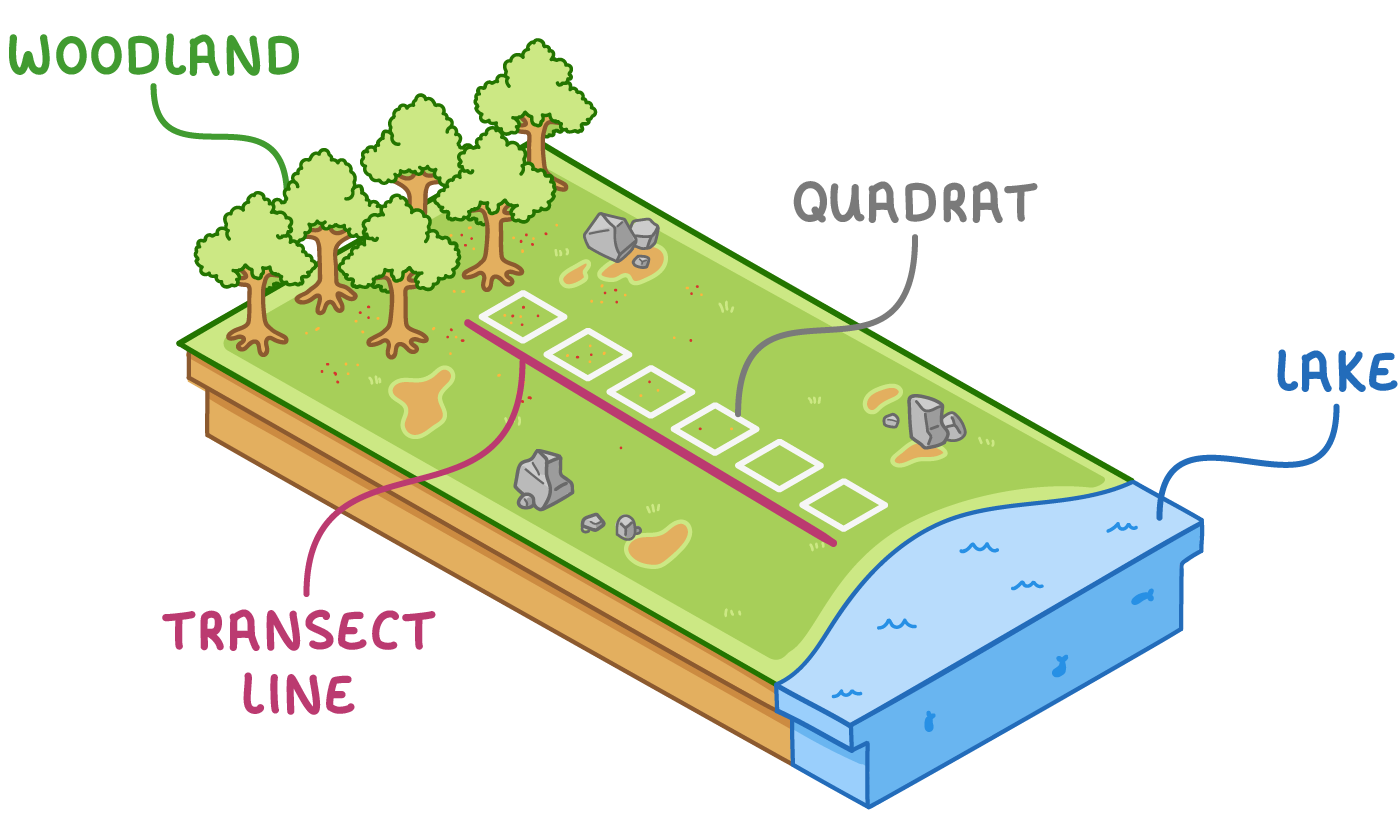
|
In ecology, what does abundance refer to?
Which species the individuals are
Where the individuals are
How many individuals there are
|
In ecology, what does distribution refer to?
Where the individuals are
How many individuals there are
Which species the individuals are
|
When ecologists want to learn about the organisms in an environment they often use sampling.
Explain what sampling means and why it is often used.
|
What is the name of small metal frames, often 1m x 1m, that ecologists use to sample the organisms in a habitat?
|
A rectangular field measures 25m long and 12m wide. What is the area of the field?
m2
|
Ecologists sample a field using 10 quadrats, and and find the following number of dandelions in each:
1, 4, 2, 2, 3, 4, 2, 5, 0, 1
What is the mean number of dandelions per quadrat?
|
Estimate the dandelion population size for a field with an area 300 m² and a mean of 2.4 dandelion plants per 1 m² quadrat.
|
What is a transect?
An area of a habitat where a species is abundant
A line through a habitat along which organisms are sampled
A square frame used to count organisms
A square within a quadrat
|